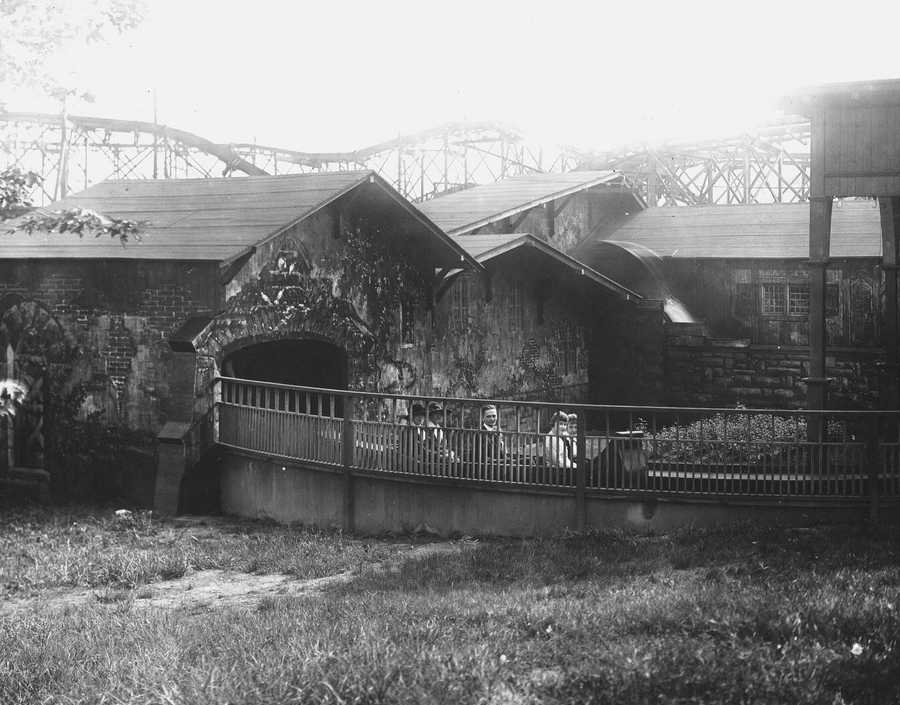Allegheny County, Pennsylvania
USGenWeb® Project
(Family History and Genealogy)
West Mifflin Borough West Mifflin is a borough in Allegheny County, Pennsylvania, United States, located southeast of downtown Pittsburgh. It is named after Thomas Mifflin, 1st Governor of Pennsylvania, signer of the United States Constitution, and 1st Quartermaster General of the United States Army. In 1938, the Township Commissioners went to Harrisburg and were influential in getting the passage of Act #333 of the 1941 Session of the General Assembly, engaging Mifflin Township to incorporate as a Borough. It was the first time an entire township became a borough.
Mifflin Township ceased to exist as of January 3, 1944 – after 156 years. West Mifflin was incorporated as a borough January 3, 1944. West Mifflin Borough’s perimeter is somewhat irregular. The shape is elongated, resembling an hourglass with the narrowest portion at the approximate center squeezed between Pittsburgh and Dravosburg. Due to the fact that there is a Mifflin County in central Pennsylvania
and a town named Mifflin in Juniata County, the prefix "West" was added to the new Borough. Although the borough is heavily residential, it is home to one of America's oldest traditional amusement parks, Kennywood Park. Other employers include advanced naval nuclear propulsion technology research and development facility, Bettis Atomic Power Laboratory;
monorail manufacturer Bombardier; US Steel's Mon Valley Works–Irvin Plant; Community College of Allegheny County's South Campus; and the Allegheny County Airport. A tree-filled portion of a farm overlooking the Monongahela River near Pittsburgh owned by Anthony Kenny, known as "Kenny's Grove", was a popular picnic spot for local residents during the American Civil War. In 1898, the Monongahela Street Railways Company,
partially owned by prominent banker Andrew Mellon, seeking to increase fare profits on the weekends, leased the land from the Kenny family in order to create a trolley park at the end of their line. The company's chief engineer, George S. Davidson, designed the original
layout of the park and served as its first manager. A carousel, casino hall, and dance pavilion were added in 1899. A bandstand was constructed in 1900, while the Old Mill was constructed in 1901, and the park's first roller coaster, the Figure Eight Toboggan, was added in 1902.
Kennywood features three wooden roller coasters still in working order (Jack Rabbit, Racer and Thunderbolt), along with three newer steel coasters (Phantom's Revenge, Sky Rocket and Steel Curtain) and one indoor coaster (Exterminator). Coal mining in the area has affected the flow and water quality of small streams. Land developers have produced more level ground by clean-filling ravines and other small parcels of land to improve the land usage Toxic waste dump areas are monitored with water
quality improvement with bioremediation successfully implemented. West Mifflin operates its own sewage treatment facility. The Environmental Protection agency regulates 78 facilities for environmental compliance.[15] Asbestos waste and radioactive waste and controls
were addressed in 1991. Seven schools exist in West Mifflin: four public schools and three private schools. West Mifflin public schools belong to one district-West Mifflin Area School District. School students in the neighboring boroughs of Whitaker and Duquesne also attend school in the
West Mifflin School District. There are two West Mifflin elementary schools, one West Mifflin middle school, one West Mifflin High School, and 13 West Mifflin preschools. West Mifflin has ten land borders, including the Pittsburgh neighborhoods of Lincoln Place and Hays as well as Munhall and Whitaker, to the north, Duquesne to the east, Dravosburg to the southeast, Jefferson Hills and Pleasant Hills to the south, Baldwin to the west and
also a short border with Clairton to the south. Three segments of West Mifflin run along the Monongahela River. Adjacent to these areas across the river are Braddock, North Braddock, McKeesport and Glassport.
The Old Mill opened in 1901
![]()



